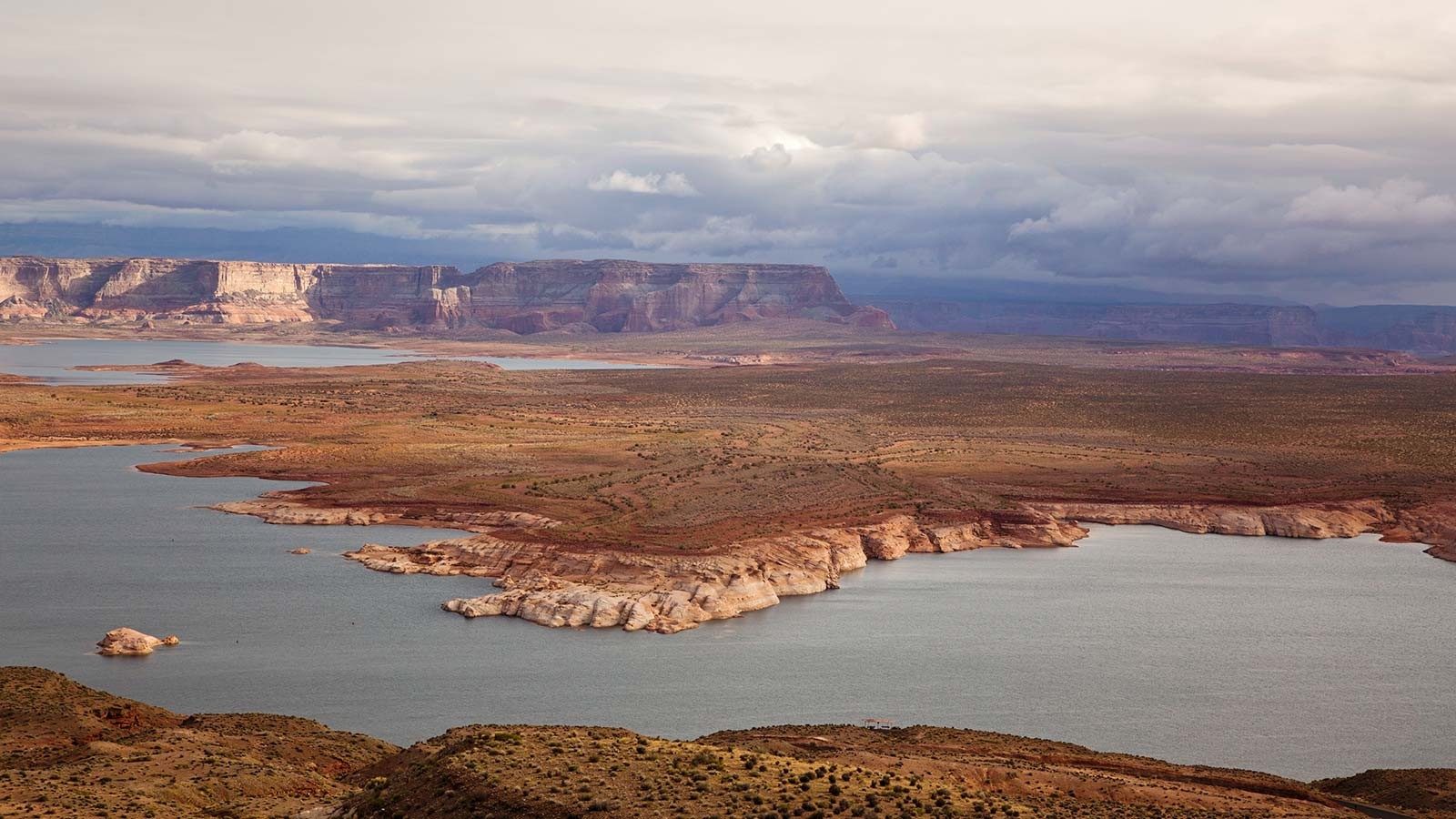Utah State University Founding Member of New National Water Research Institute
By Matilyn Mortensen |
Utah State University is partnering with The University of Alabama and a consortium of universities and other partners to translate water research into operations that improve the nation's ability to effectively manage water resources and provide warning or protection for water-related hazards.
LOGAN, Utah — With transformative support of up to $360 million over the next five years from the federal government, Utah State University is partnering with The University of Alabama and a consortium of universities and other partners to translate water research into operations that improve the nation’s ability to effectively manage water resources and provide warning or protection for water-related hazards.
The award from the National Oceanic and Atmospheric Administration, or NOAA, will establish the new Cooperative Institute for Research to Operations in Hydrology, or CIROH, for which USU is a founding partner. Other partners and members of the institute include academic institutions, nonprofit organizations, and government and industry partners from across the United States and Canada. The institute will be headquartered at The University of Alabama.
This unprecedented team of hydrologic researchers will develop national-scale hydrological analyses, water-related forecasts, new data products, guidance and equitable decision-support services to inform essential emergency management and water resources decisions.
“The real contribution of this new institute is not necessarily any of the specific pieces,” said Jeff Horsburgh, an associate professor at USU’s Utah Water Research Laboratory. “It's in how we will operationalize years of modeling and cyberinfrastructure research to assist NOAA in advancing operational infrastructure for hydrologic modeling and prediction. Moving beyond research to operations is critical in improving our nation’s ability to predict and respond to extreme events and to support water resources decision making.”
CIROH will work closely with NOAA’s National Water Center and the recently announced U.S. Geological Survey Hydrologic Instrumentation Facility, allowing for highly productive collaboration between the newly formed institute and federal agency scientists.
“We’ll be working to aggregate existing data resources across the country to ensure that the best information we have is available for modeling and prediction. Our country has a wealth of water-related data, but the infrastructure doesn’t exist yet to put all of the pieces together. We’re excited to have the opportunity to translate more than a decade of research on hydrologic information systems into operational infrastructure that can improve our country’s modeling and forecasting systems,” Horsburgh said.
CIROH will support four broad themes:
- Water resources prediction capabilities
- Community water resources modeling
- Hydroinformatics
- Application of social, economic, and behavioral science to water resources prediction
This consortium will assist NOAA’s vision of a water- and weather-ready nation. CIROH will advance water research in support of NOAA’s Office of Water Prediction and reinforce the work of the National Weather Service and National Water Center through collaboration across the scientific community.
“The small problems in hydrology are already solved,” said David Tarboton, director of the Utah Water Research Laboratory. “To advance knowledge today, we need interdisciplinary teams that can collaborate, integrating information from multiple sources. In other words, big science. This project takes this to the extreme. As proposed, it is bigger than any I have been involved with. It is exciting to me for USU to be part of such a large team effort.”
Creating educational opportunities for students of all ages through outreach, as well as supporting workforce training through local-to-national scale initiatives is a core strategy in CIROH’s agenda to increase resilience to water-related risks.
Dr. Steven J. Burian, Alabama Water Institute’s Director of Science and professor of civil, construction and environmental engineering, will serve as the executive director of CIROH.
“We now begin the real work of co-producing research with NOAA and other partners that will benefit society and provide learning opportunities for students for years to come,” Burian said. “The research innovations delivered by the Cooperative Institute will improve forecasts of floods and droughts, increase efficiency of water resources management, protect water quality and empower stakeholders to make confident and timely decisions.”
CIROH’s 14 consortium members include: The University of Alabama; Brigham Young University; Colorado School of Mines; Tuskegee University; The University of Alabama in Huntsville; University of Arizona; University of California San Diego, Scripps Institution of Oceanography; University of Hawai‘i at Manoa; University of Iowa; University of Minnesota, Twin Cities; University of Saskatchewan; University of Utah; University of Vermont; and Utah State University.
Consortium partners include: Baron Weather Inc.; Coastal Carolina University; Consortium of Universities for the Advancement of Hydrological Science Inc.; Dauphin Island Sea Lab; Gulf of Mexico Coastal Ocean Observing System; Jupiter Intelligence; New Mexico State University; Oak Ridge National Laboratory; The Pennsylvania State University; RTI International; Stevens Institute of Technology; University of California, Davis; University of Illinois at Urbana-Champaign; and University of South Carolina.
WRITER
Matilyn Mortensen
Public Relations Specialist
College of Engineering
435-797-7512
matilyn.mortensen@usu.edu
CONTACT
Jeff Horsburgh
Associate Professor
Civil and Environmental Engineering
(435)797-2946
jeff.horsburgh@usu.edu
David Tarboton
Director
Utah Water Research Laboratory
435-797-3172
david.tarboton@usu.edu
TOPICS
Research 878stories Environment 263stories Water 258stories Conservation 82stories Partnerships 57storiesComments and questions regarding this article may be directed to the contact person listed on this page.







